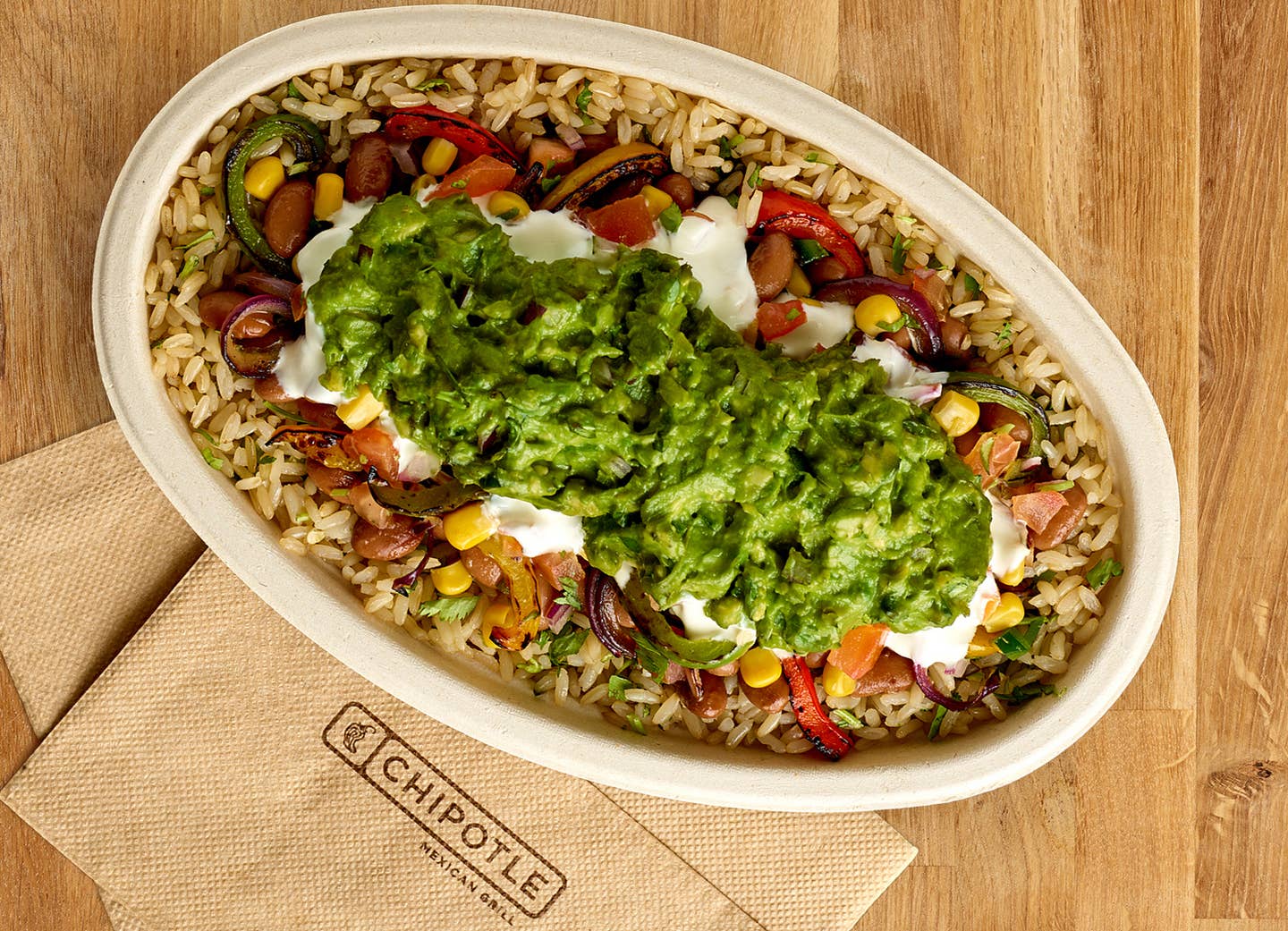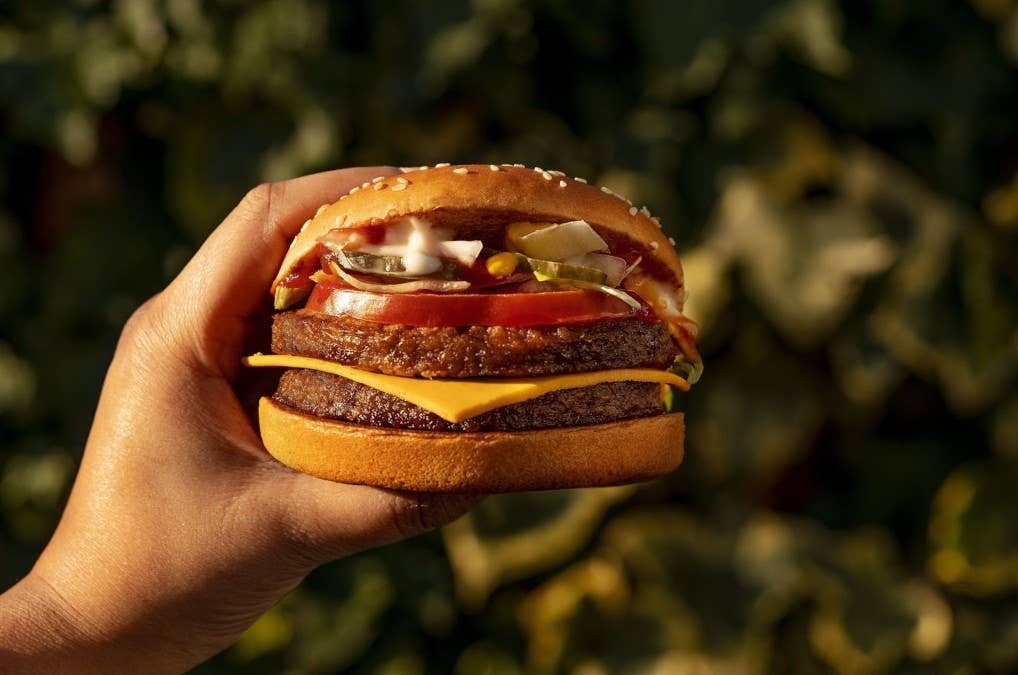
How to Survive a Pandemic: 3 Ways to Stay Healthy, by Dr. Greger
Today I am largely known for my achievements in lifestyle medicine, but years before I launched NutritionFacts.org and shifted my focus to the study of chronic illness, it was my infectious disease work that formed the bulk of my scientific publications and afforded me the opportunities to testify before Congress, appear on The Colbert Report, and help defend Oprah Winfrey in that infamous meat defamation trial. Many are surprised to learn that How Not to Die was my fourth book, not my first, and the one immediately prior was on preventing and surviving a pandemic.
The current coronavirus crisis provided the impetus—and time—to revisit that body of work. I was in the midst of a 200-city speaking tour for How Not to Diet when COVID-19 started spreading around the globe. I was disappointed my lectures and travel had to be suspended, but it enabled me to seize this opportunity to once again dive deep into the literature on pandemic preparedness, to bring you the latest science amid so much of the prevailing noise and nonsense in How to Survive a Pandemic.
The time is not for panic, but for common-sense measures to protect your family and your community, both now and in the future against emergent outbreaks.
This isn't the first pandemic, and it won't be the last. Here's what to do about that
The current coronavirus pandemic may just be a dress rehearsal for the coming plague. Decades ago, a flu virus was discovered in chickens—H5N1—that would forever change our understanding of how bad pandemics could get. It was a flu virus that appeared capable of killing more than half the people it infected. Imagine if a virus like that started explosively spreading from human to human. Consider a pandemic a hundred times worse than COVID-19, one with a fatality rate not of 1 in 200, but rather a coin flip of one in two. Thankfully, H5N1 has so far remained a virus mainly of poultry, not people, but H5N1 and other new and deadly animal viruses like it are still out there, still mutating, with an eye on the eight-billion-strong buffet of human hosts. With pandemics, it’s never a matter of if, but when. A universal outbreak with more than a few percent mortality wouldn’t just threaten financial markets but civilization as we know it.
There is a single species responsible for the COVID-19 pandemic: Humans. Over the last few decades, hundreds of human pathogens have emerged at a rate unprecedented in human history. Emerged from where? Mostly from animals. The AIDS virus is blamed on the butchering of primates in the bushmeat trade in Africa; we created mad cow disease when we turned cows into carnivores and cannibals, and SARS and COVID-19 have been traced back to the exotic wild animal trade. Our last pandemic, swine flu in 2009, arose not from some backwater wet market in Asia, however. It was largely made-in-the-USA on pig production operations in the United States.
Today’s factory farming practices typically overcrowd thousands or even tens of thousands of animals in cramped, filthy, football-field-sized sheds. Animals are intensively confined and live beak-to-beak or snout-to-snout atop their own waste. Animal agribusiness has become a breeding ground for disease. The sheer numbers of animals, the overcrowding, the lack of fresh air and sunlight, the stress crippling the animals’ immune systems, and the ammonia from the decomposing waste burning their lungs—put all these factors together and you have a Perfect Storm environment for the emergence and spread of new “superstrains” of influenza. Factory farms can be thought of as viral incubators for disease—a potential recipe for disaster.
How to Survive a Pandemic contains what you need to know to protect yourself and your family from the current threat, but it also digs deeper into the roots of the problem and tackles the fundamental question: How can we stop the emergence of pandemic viruses in the first place? If there is one concept to draw from my work on preventing and reversing chronic disease, it’s that we must—whenever possible—treat the cause.
First, we have to stop factory farming, and crowded conditions that spark pandemics
The largest and oldest association of public health professionals in the world, the American Public Health Association, has called for a moratorium on factory farming for nearly two decades. Its journal published an editorial entitled “The Chickens Come Home to Roost” that went beyond calling for a de-intensification of the pork and poultry industries:
“It is curious, therefore, given the pandemic threat, that changing the way humans treat animals, most basically ceasing to eat them, or at the very least, radically limiting the quantity of them that are eaten—is largely off the radar as a significant preventive measure. Such a change, if sufficiently adopted or imposed, could still reduce the chances of the much-feared influenza epidemic. It would be even more likely to prevent unknown future diseases that, in the absence of this change, may result from farming animals intensively and killing them for food. Yet humanity doesn’t even consider this option.”
Factory farms are a public health menace. We don’t tend to shore up the levees until after disaster strikes, but the bottom line is that it’s not worth risking the lives of millions of people for the sake of cheaper chicken and pork.
A recent Neuro-Epidemiology editorial by the editor-in-chief entitled “What the COVID-19 Crisis Is Telling Humanity” concluded: “Intensive confinement of animals in factory farm operations should be discontinued worldwide for the sake of animals, humans, and the environment, and we should rapidly evolve to eating other forms of protein that are safer for humans, including plant-based meat alternatives and cultured meat (produced by culturing animal cells).” [Editors' Note: If you can't stop factory farming, you can stop consuming products that are made in factory farms. As consumers, we wield power by making informed and thoughtful choices at the store.]
Next, we need to adopt a plant-based diet, for human and the health of the planet
Indeed, a plant-based diet may not only be optimal for our personal health but for the health of our planet, too. The least healthy foods tend to cause the worst environmental impact, while the foods with the most nutrition just so happen to be the foods that cause the lowest greenhouse gas emissions.
A systematic review found that eating a completely plant-based diet may be the optimal diet for the environment. Diets that include meat require about 3 times more water, 13 times more fertilizer, more than twice the energy, and 40 percent more pesticides than those that don’t. Looking at the total environmental impact of omnivorous versus vegetarian versus vegan diets—that is, looking not only at global warming, but also ocean acidification, agricultural run-off, smog, ecotoxicity of the water and soil, and direct human toxicity of the air we breathe, the water we drink, and the soil in which we grow our food—eating eggs and dairy may be 9 times worse than plants, and eating eggs, dairy, and meat may be 17 times worse than sticking to plant foods.
Unhealthy diets cause more death and disease than smoking, more than unsafe sex, and more than alcohol, drug, and tobacco use combined. We can address both human health and climate crises at the same time by increasing consumption of whole plant foods and substantially reducing our consumption of meat, eggs, and dairy.
Thirdly, to have a healthy immune system we need to eat more antioxidant-rich plants
And, certainly, the healthier we are, the stronger our immune system may be able to battle against viral infections like COVID-19.
Researchers have shown that a more plant-based diet may help prevent, treat, or reverse some of our leading causes of death, including heart disease, type 2 diabetes, and high blood pressure—all of which have been shown to be conditions that predispose to a severe disease course with COVID-19. Interventional studies of plant-based diets have shown, for example, 90 percent reductions in angina attacks within just a few weeks. Plant-based diet intervention groups have reported greater diet satisfaction than control groups, as well as improved digestion, increased energy, and better sleep, and significant improvement in their physical functioning, general health, vitality, and mental health. Studies have shown plant-based eating can improve not only body weight, blood sugar levels, and the ability to control cholesterol, but also emotional states, including depression, anxiety, fatigue, sense of well-being, and daily functioning.
Only one way of eating has ever been proven to reverse heart disease in the majority of patients: a diet centered around whole plant foods. If that’s all a whole-food, plant-based diet could do—reverse our number-one killer—shouldn’t that be the default diet until proven otherwise? The fact it may also be effective in preventing, treating, and arresting other leading killers seems to make the case for plant-based eating simply overwhelming.
Quite simply, we should eat natural foods that come from the ground and from the fields, not factories, and from gardens, not garbage.
My fervent hope is there will be a global awakening to the deadly threat of zoonotic pandemics, an understanding of the role our human interaction with animals, particularly through factory farming, plays in encouraging and indeed enabling the rapid mutations of potentially catastrophic influenzas, and a drive to finally take demonstrable steps to protect us from the next outbreak. Because, frankly, the question is when, not if, the next pandemic will emerge.
More From The Beet






